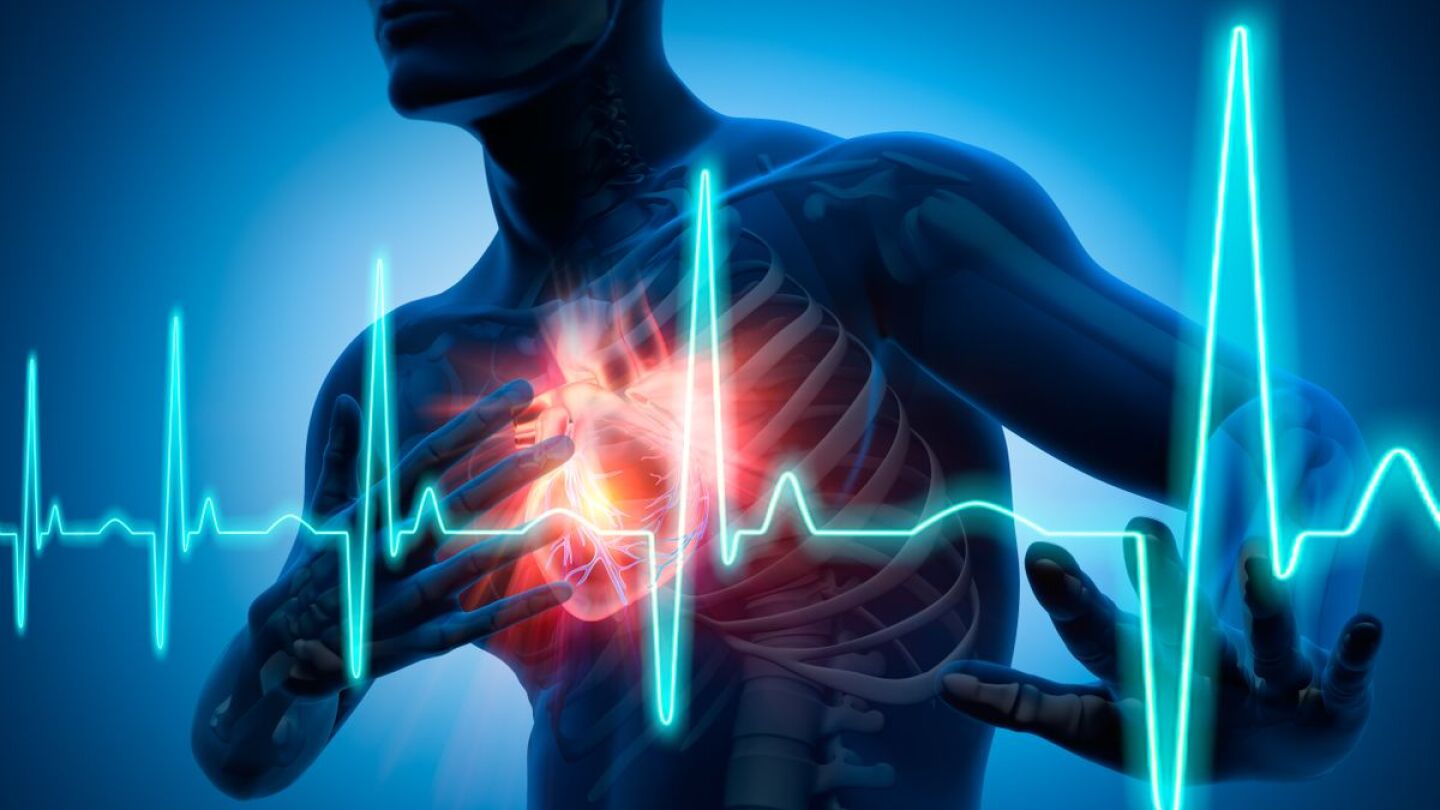Cardiac Care
Explore our comprehensive directory of articles on Cardiac Care in EMS, tailored to support professionals in assessing, treating, and managing cardiac emergencies. This collection covers essential topics such as ECG interpretation, advanced cardiac life support (ACLS), and the latest heart attack and arrhythmia management protocols. Mastering cardiac care is crucial for improving patient outcomes in life-threatening situations. For related content, check out our resources on Emergency Medical Procedures. Stay informed and enhance your skills in cardiac care with our expert-driven content.
Whether NFL player or firefighter, when one of our own goes down, the impacts are amplified beyond our routine responses
While possible R-on-T phenomenon could induce cardiac arrest, treatment is the same: standard AHA protocols for VF arrest
Medical professionals lament how quickly ESPN cut away from the life-saving actions of medical staff after the collapse of Buffalo Bills safety Damar Hamlin
Investigators found that hospital admissions to Tulane Medical Center for heart attacks increased in the 10 years after Katrina. (AP Photo)
The study compared outcomes for two resuscitation techniques and recommended improving bystander CPR in minority communities
The study examined whether CPR proficiency could be improved with low dose and high frequency simulations in hospitals
Understand how capnography identifies respiratory and cardiovascular compromise in restrained patients
Firefighter James Brugger and his wife were waiting to board a flight when they saw an unconscious man lying on the ground
Patients need to be told of the risks, monitored closely and treated quickly to quell the immune response if trouble develops
Jermaine Frye, 31, went into cardiac arrest on Oct. 29 after being released from the hospital
For every 1,000 people screened in the study, four children and four parents were identified as being at risk for early heart disease
Danette Purvis performed CPR on her colleague while others ran to grab an AED
Understand why dextrose given during prehospital resuscitation from cardiac arrest may actually decrease the chance of survival to hospital discharge
The 14-year-old recognized his father was ill, so he dialed 911, laid him on the ground and performed CPR
A medical student began chest compressions and a cardiac nurse getting off shift was alerted by her phone and assisted until paramedics arrived
The county is integrating the app’s software to its 911 dispatch system and expects to roll it out within the next six months
A state police trooper was off-duty in a Walmart when he noticed a large crowd surrounding an unconscious man
Recognize the signs and symptoms of heart failure and understand how capnography can be used to guide treatment
The dispatcher guided the man through CPR until paramedics arrived
For every minute a victim of sudden cardiac arrest doesn’t receive help, their chances of survival drop 7 percent
When I started writing, I never imagined that it would actually make me a better paramedic
Emotional extremes are common in EMS and remind us of exactly why it is that we wear the uniform
EMS1 columnist Michael Morse shares 10 of his articles that he hopes you will read
As EMS technology and service models continue to evolve words, phrases or activities will become tradition
Task forces are categorizing questions into one of four categories
The fire district is considering this the first storm-related death
Under the agreement, the department would place one paramedic on every fire engine in order to provide ALS
The EMT and school nurse were able to save the woman after she fell ill and lost control of her car, striking the front corner of the school
Tennessee and the 16 other states have led the way in emergency preparedness in academic settings by enacting laws that require the device be placed in all schools
Students can be taught the fundamental life-saving skill of hands-only CPR in 30 minutes or less
Ada County Paramedics, a three-time Mission: Lifeline recipient, describes their collaborations with hospitals and doctors to improve STEMI care















